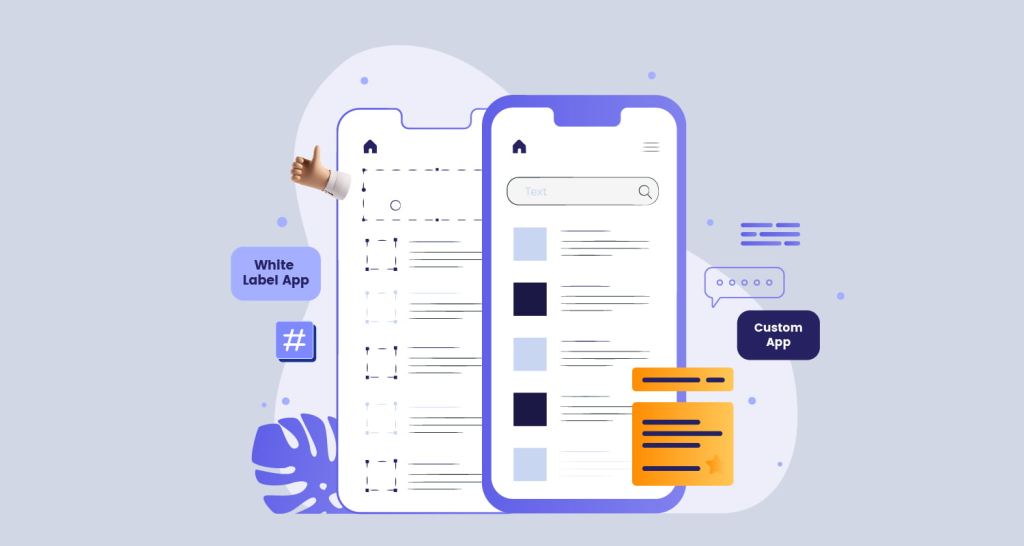
Starting your app development journey is an exciting effort that calls for a strategic fusion of technical expertise, commercial savvy, and creativity. App developers have never had greater options as the digital world continues to change. Discover effective ways on how to make your app by reading the information below.
1. Clear Conceptualization: Blueprint for Success
Clear conception is an essential first stage in building your app before diving into coding and development. Give a clear definition of your app’s goals and purpose. Determine the precise issue or need that your app aims to solve with your web application platform, and be aware of who your target market is. This conceptual blueprint directs the design, functionality, and general user experience in addition to acting as a development roadmap. Do extensive market research before you start designing your app to learn about customer preferences, current solutions, and any market gaps. Clearly state the main features and distinctive selling points that make your software stand out. To visualize your target market and customize the functionality and style of your app to suit their demands, think about developing user personas.
2. User-Centric Design: Navigating the Interface Experience
Your app’s usability and general user experience will determine how successful it is. Creating an easy and pleasurable interface is at the heart of designing a user-centric design, which goes beyond just visual appeal. Make sure that your app is simple to use and intuitive to navigate so that people can interact with its features without difficulty. Invest in responsive design to ensure that your app works on a range of screens and devices. In addition to being aesthetically pleasing, the user interface should complement the functioning and goal of the application. The first steps in user-centric design are wireframing and prototyping, which let you see how your app will look and function. To ensure that the design meets user expectations, take into account user input and carry out usability testing.
3. Scalable Architecture: Building for Future Growth
When you go into the technical details of app development, the architecture becomes crucial to the scalability of your product. Select a scalable and resilient design that can handle new features, updates, and growing user numbers. Think about things like server architecture, data storage, and the ease with which new features can be integrated. A well-thought-out architecture not only guarantees your software runs well now but it also creates the foundation for future growth and development. Making wise choices regarding databases, server configurations, and the general technical architecture of your application are all part of scalable design. When your user base expands, use cloud-based solutions that provide flexibility and scalability. Use best practices for modularization and coding to make upgrades and maintenance simpler.
4. Rigorous Testing: Ensuring Reliability and Performance
A crucial step in the development process, testing frequently makes the difference between an app’s success and failure. Thorough testing guarantees that your software functions at its best in a variety of scenarios and is free from errors and malfunctions. Perform comprehensive usability testing to evaluate the overall user experience, functional testing to confirm the dependability of each feature, and performance testing to evaluate how your app responds to varying loads and circumstances. Testing happens at a number of levels, from system testing, which evaluates the program overall, to unit testing, which occurs throughout the development process. Conduct beta testing to get input from a specific user base prior to a general release. Make use of automated testing technologies to find any problems and expedite the process.
5. Strategic Marketing and Launch: Making Your App Stand Out
In a crowded industry, even the most perfectly designed software requires smart marketing to stand out. Create a pre-launch marketing plan that increases interest in and knowledge about your app. To generate buzz, make use of influencers, content marketing, and social media. Use app store optimization (ASO) strategies to increase the visibility of your app on stores like Google Play and the App Store. Continue your marketing after the launch to keep the momentum going and get good feedback. Choosing your target audience and developing a message that appeals to them are key components of strategic marketing. Make use of eye-catching images, interesting app descriptions, and videos for app previews on app store sites. Use social media to engage with prospective consumers and build a user base for your app.
Conclusion:
Starting your app development journey is a fulfilling undertaking that requires a careful blending of technical know-how, creative thinking, and strategic preparation. Recall that the secret is to design an engaging user experience for your target demographic as much as to develop a useful program. By following these pointers, you can create an app that not only satisfies user wants but also makes an impression in the crowded digital market.